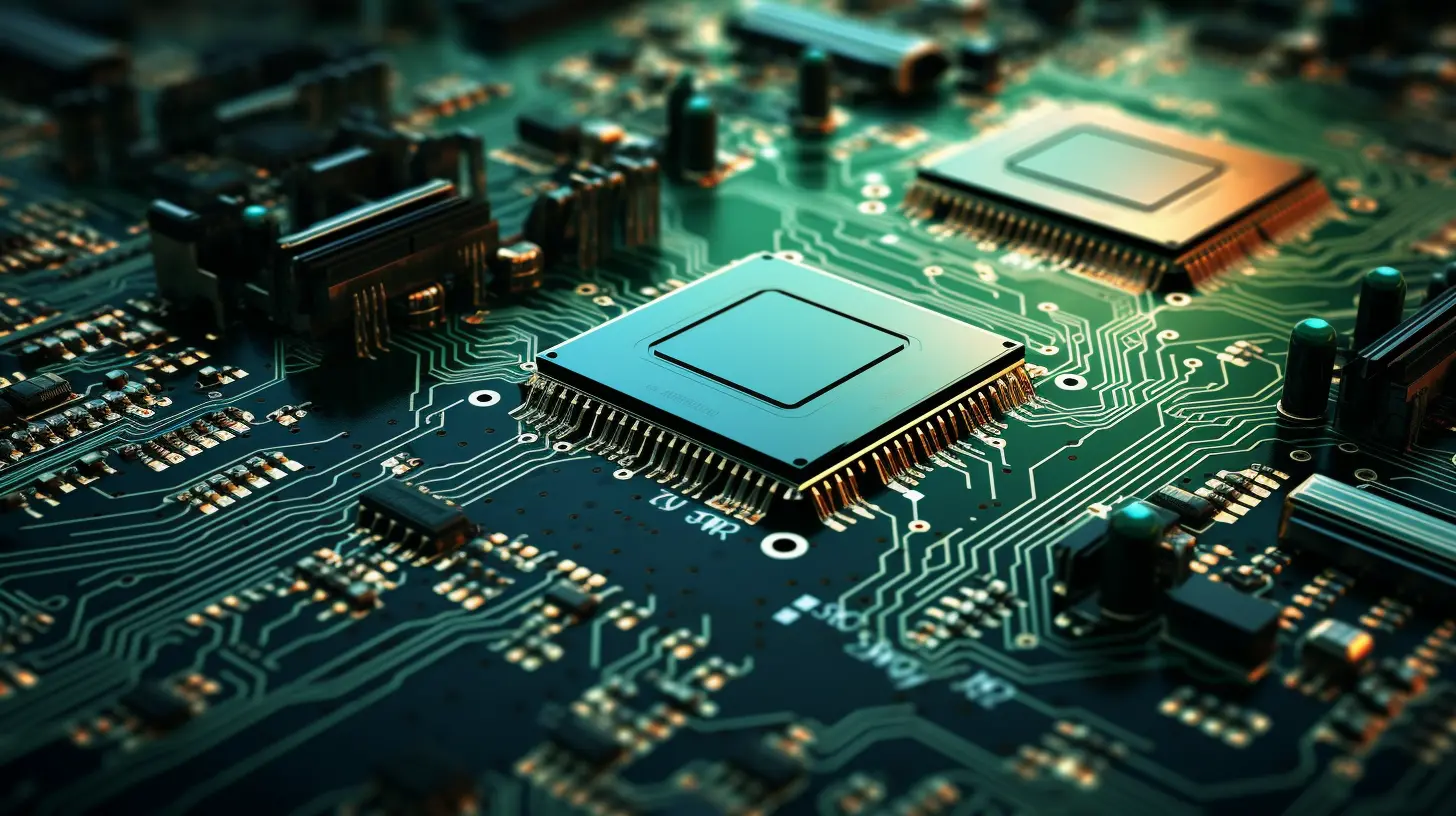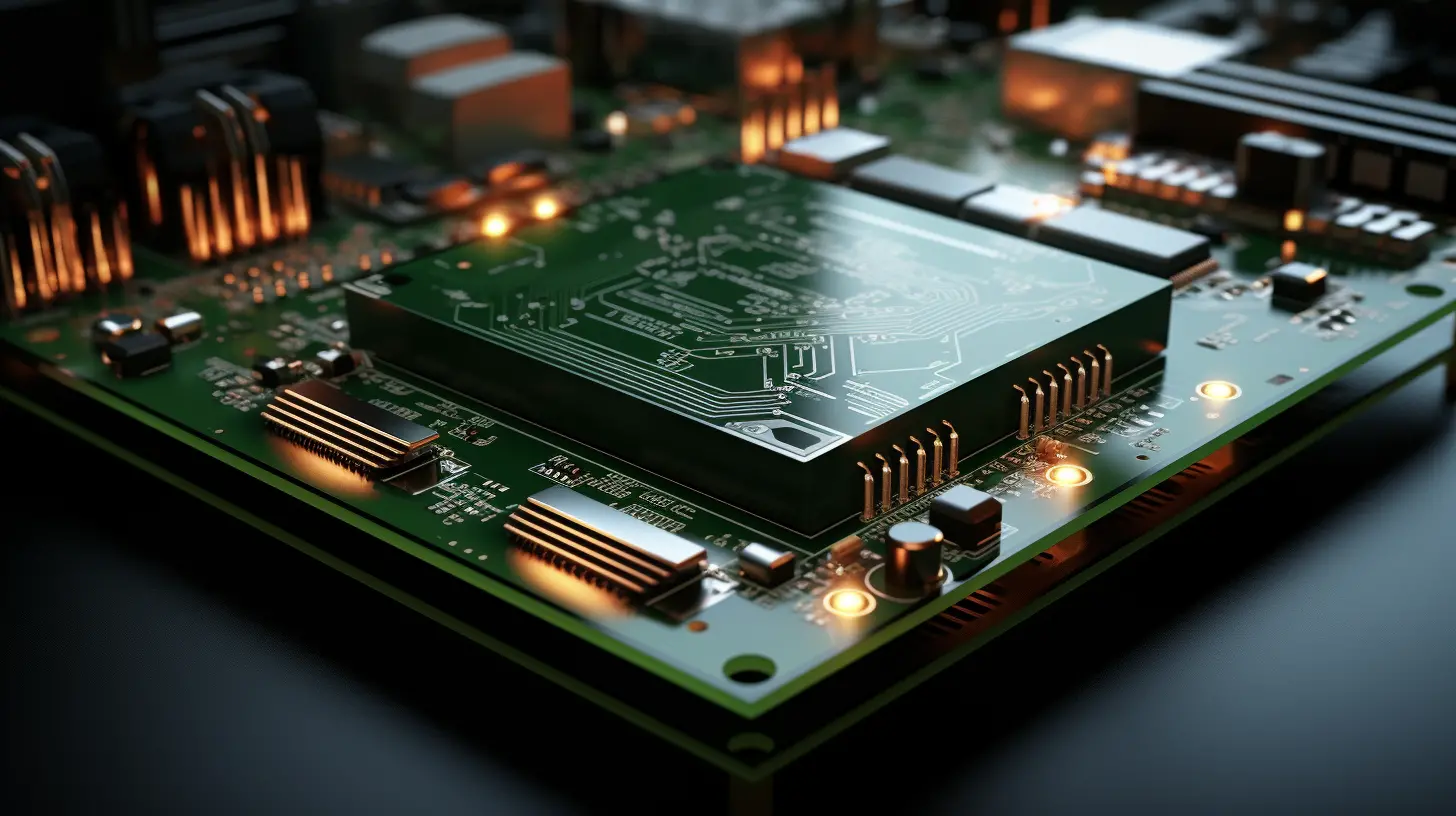In the ever-evolving landscape of the PCB manufacturing industry, companies are increasingly turning to automated production lines to enhance their operational efficiency. This article explores the distinct advantages that automated PCB production lines hold over competitors, particularly focusing on efficiency, cost reduction, and product quality.

Automation significantly boosts manufacturing efficiency by streamlining production processes. Automated systems reduce downtime associated with manual labor and eliminate common human errors. Studies indicate that factories utilizing automated production lines can achieve up to a 30% increase in output rates while maintaining consistent product quality.
Implementing automated machinery lowers the overall manufacturing costs. With fewer manual processes, labor costs decrease and production waste is minimized. Industries report an average cost saving of 25% when switching to automated PCB production compared to traditional methods.

Product quality is paramount in the PCB industry. Automation ensures high precision and uniform standards across all products. Automated production lines can leverage advanced quality control systems that consistently monitor and adjust the manufacturing process, resulting in a 20% decrease in defect rates.
In conclusion, the advantages of automated PCB production lines are clear. With improved efficiency, significant cost reductions, and enhanced product quality, companies that adopt automation are better positioned to compete in the fast-paced electronics market. As the industry progresses, embracing technology will be essential for sustainable growth and competitive advantage.

